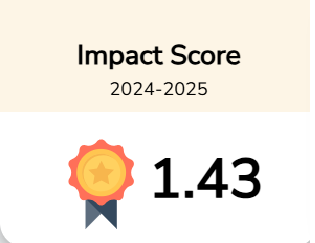Unveiling the sustainability level of indigenous tourism initiatives: The perspective of tourism service providers in the municipality of Puerto Nariño, Amazonas
Downloads
Purpose: This study aims to provide valuable insights for stakeholders in Puerto Nariño, Amazonas enabling them to develop strategies tailored to their needs. Particularly, it assessed the sustainability of indigenous tourism initiatives in the municipality of Puerto Nariño, Amazonas.
Design/Methodology/Approach: This qualitative study involved pioneering indigenous family tourism initiatives and a sustainability framework with a set of 12 sustainability indicators to explore the perceptions of tourism service providers. Convenience sampling was used to collect data through questionnaires.
Findings: According to the findings, families are aware of the advantages of tourist activities with the culture-society component having the highest average score (3.13/5.00). However, it can be inferred that factors encompassing economic, governance and environmental dimensions such as employment and income generation (average 2.00/5.00), encouragement and convening spaces to promote participatory community decision-making mechanisms (average 1.75/5.00), reliable energy supply and enhancing knowledge of local wildlife, vegetation and sporting activities (average 1.70/5.00) remain critical in this indigenous context. Additionally, the initiative's governance component has been evaluated as having the lowest average (2.19/5.00).
Practical Implications: These findings contribute to the existing body of knowledge on ecotourism practices in indigenous settings particularly in South American ethnic communities.
Contribution to the Literature: These findings offer valuable insights for institutions seeking a deeper understanding of tourism practices within protected areas.





